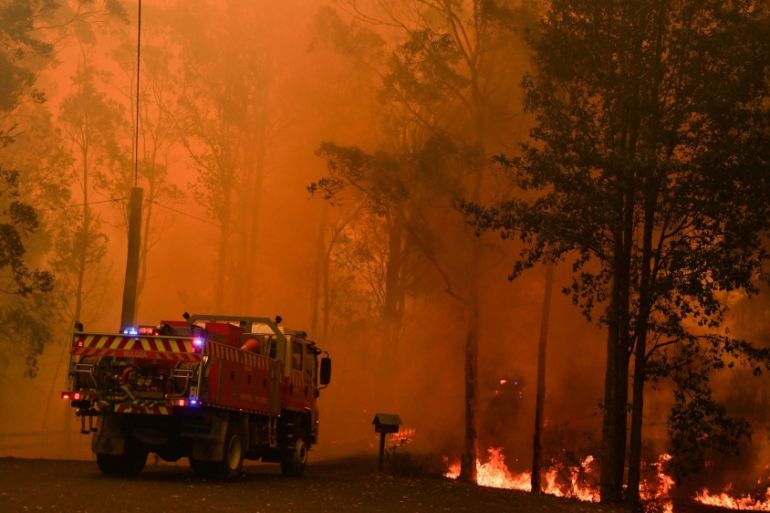Specialist Insights: Why Every Homeowner Needs an Extensive BAL Report
Specialist Insights: Why Every Homeowner Needs an Extensive BAL Report
Blog Article
How BAL Record Impacts Shrub Fire Protection Steps
In the world of bush fire protection, the Building Attack Level (BAL) report stands as a crucial device that considerably influences the security and strength of homes in fire-prone locations - BAL Report. The influence of a BAL assessment expands much past simple documents; it functions as the cornerstone for figuring out the proper construction requirements and fire protection actions required to alleviate the risks presented by bushfires. As areas come to grips with increasingly severe fire periods, understanding just how the BAL report forms these safety actions becomes vital for policymakers, homeowners, and contractors alike
Recognizing the Bushfire Attack Level

Significance of BAL Record Analysis

Moreover, the BAL report analysis functions as a foundational step in adhering to legal commitments and needs connected to bushfire protection. Regional councils and authorities usually click here to read mandate the entry of a BAL report as part of the planning and building authorization process to make sure that properties are effectively guarded versus bushfire threats. Failing to carry out a detailed BAL record analysis can cause insufficient defense procedures, leaving buildings at risk to ruining bushfire cases.
Building And Construction Requirements Based Upon BAL
A detailed understanding of the Bushfire Assault Degree (BAL) allows building owners to apply building and construction criteria tailored to their certain risk profile. Construction requirements based on BAL are critical in mitigating the impact of bushfires on properties. The BAL score categorizes the possible danger a residential or commercial property faces during a bushfire on a range from BAL-Low to BAL-FZ (Flame Zone)
Executing Fire Defense Steps
With the structure of building requirements based on Bushfire Assault Level (BAL) in area, the focus now shifts towards the useful execution of fire security actions to fortify properties versus bushfire threats. Carrying out fire security actions includes a combination of passive and energetic techniques to improve the durability of buildings in bushfire-prone areas. Passive steps include utilizing fireproof building products, mounting coal guards on vents, sealing spaces in wall surfaces and roofings, and preserving a clear space around the home complimentary from flammable plants. Energetic measures encompass having firefighting equipment conveniently available, such as pipes and water pumps, in addition to producing a defendable room around the home by clearing greenery and having a well-kept yard. Furthermore, creating a discharge strategy and making certain all residents understand emergency treatments are vital elements of reliable fire security steps. By integrating both passive you could try this out and energetic approaches, homes can substantially lower their susceptability to bushfire incidents and boost the security of owners.
Shielding Residences Versus Bushfires
Efficiently securing homes against the harmful influences of bushfires calls for a aggressive and comprehensive technique to fire defense actions. In addition, sealing gaps and vents to stop coal breach, as well as including fire-resistant doors and windows, can help strengthen the home's protection against bushfires. By embracing a proactive position and integrating these safety actions, home owners can significantly increase their opportunities look at more info of protecting their homes against bushfires.
Final Thought
In final thought, the Bushfire Strike Level (BAL) report plays a crucial role in establishing the essential security procedures against bushfires. Carrying out fire defense measures based on the BAL record is essential in safeguarding homes from possible bushfire threats.
In evaluating bushfire threat to homes, comprehending the Bushfire Strike Level (BAL) is an essential element for carrying out reliable security measures. Generally, a clear understanding of the Bushfire Attack Level is essential for implementing adequate security measures and minimizing the influence of bushfires on homes.

Report this page